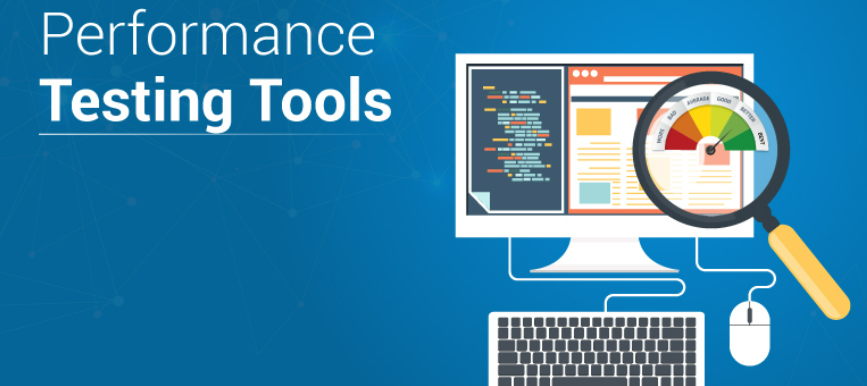What to Look Out for When Performing Performance Scalability Testing

To perform a scalability test, you need to create test scenarios that simulate different server loads and then use these to gauge your system’s scalability. Then, you can analyze the results to see any problems. So what is performance scalability testing? Scalability testing ensures that your website and application are robust enough to handle sudden spikes in user requests. It also helps you avoid crashes and other technical problems impacting customer experience.
Memory Usage
When performing performance scaling testing, it’s important to look for issues like memory leaks. These can affect the speed of an application and cause it to slow down over time. To avoid these problems, developers should follow best programming practices and optimize their code as much as possible.
In addition, they should also test their application’s response time. This will help them determine how long it takes for users to receive their requests when they are under heavy load.
Another metric to watch out for is throughput, the number of requests an application can handle in a particular period. This metric is useful to consider when there are sudden surges in traffic.
This metric is measured in kilobytes per second and should not be compromised when the system is under high load. This metric is a critical part of the performance testing process. It can provide valuable insight into how fast an application can respond to user requests when the system is under stress.
It’s essential to run tests on different amounts of memory and to reset as much of the system as possible between iterations. For example, if you have a database with millions of entries and start a scalability test with that many entries, the system’s performance will be negatively affected.
CPU Usage
When performing performance scalability testing, it’s important to identify and address the pitfalls that impede your application’s smooth execution. One of the most obvious is memory usage. When the number of concurrent users increases, a program’s memory consumption must be adjusted to keep up. Fortunately, scalability testing is designed to detect these changes in real time so you can take action before things go south.
Another notable metric is the CPU. This metric varies across instances depending on how many processes run on them. It also varies by priority, user-initiated tasks, and system-initiated tasks. Another important aspect is that CPU utilization time includes waiting for either caches or memory access. This is due to resource sharing that can cause an application to miss its data and impact performance.
As its name suggests, the CPU is a central processing unit that executes code instructions. A good scalability test should reveal what CPU your system uses and what performance it delivers in the process. As a result, you’ll get an idea of what your end users will experience when they start hitting the system with their wallets. This information can help you prioritize your upgrades accordingly, ensuring the smoothest possible user experience. The best way to accomplish this is by using a solid testing plan and a strong set of tools and metrics.
Network Usage
When performing performance scaling testing, it is important to look out for issues with network usage. This is a key element in performance and will affect the overall user experience of your system. It can be measured in terms of bytes and packets received per time unit, frame and segment received or sent per time unit, etc.
If a network port is experiencing high utilization, it is unable to handle the traffic flowing through it. This can be caused by a number of things, such as network congestion, hardware failure, or other problems.
Utilization is the percentage of a port’s bandwidth used for network traffic. It can be based on the amount of transmitted or received traffic during the last five seconds that a port has been up and running.
This measurement is useful for diagnosing network congestion, ping time, and request delay issues. It can also indicate points of network slowdown or failure that require a change in your network infrastructure.
During network-related tests, it is important to log all of the congestion you encounter to avoid experiencing similar situations when new users come on board. This will help you ensure that your network is ready to deal with your users’ increasing demands without compromising your application’s performance.
Throughput
When it comes to performance testing, there are some metrics to look out for. One of the most important is throughput. This measures how many requests an application can process over a set time period. It can be measured for various applications, including websites or mobile apps.
Other important scalability test metrics include CPU load, memory, and network use, all of which are critical to the success of any given application. A good scalability test can ensure that your software and hardware will be up for the challenge of handling your most demanding user base. While this may seem daunting, it can be easily accomplished with the right tools and techniques. The best part is that the results are easy to digest and provide a valuable benchmark for ongoing improvements.



